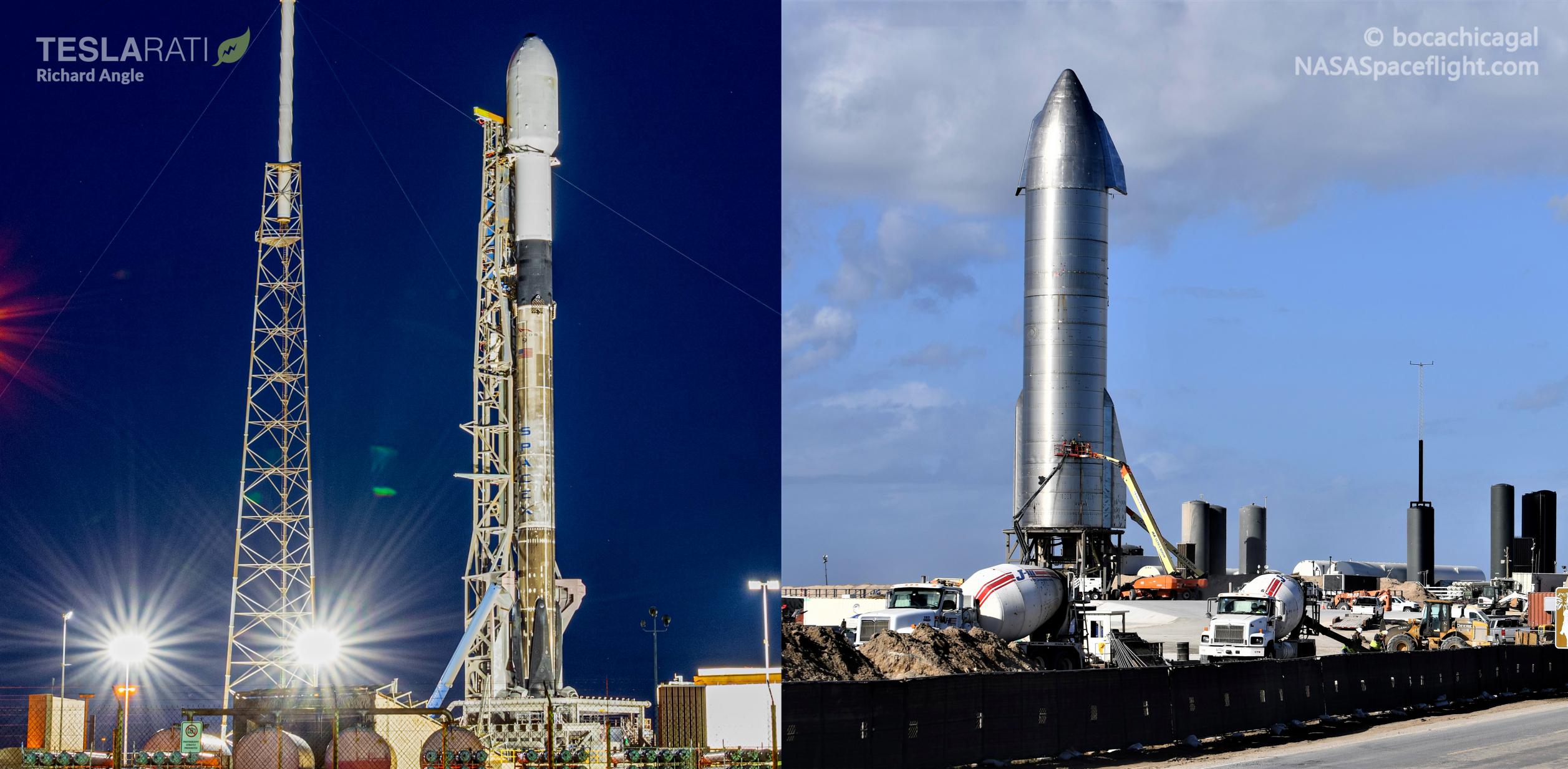
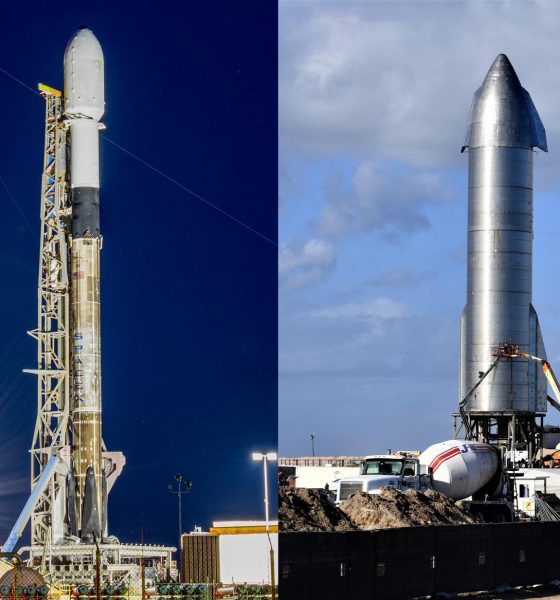
News
(Update: nope) SpaceX looks to double its valuation on Starlink, Starship promise
SpaceX CEO Elon Musk has responded, stating that it is “incorrect” to say that the company is seeking to double its valuation with a new round of funding.
Broken by Business Insider, SpaceX was said to be working with investors to close another round of funding sometime in early 2021 with the intention of growing its valuation from around $46 billion to $92 billion or more. Bloomberg reiterated BI’s reporting not long after. According to Musk, however, that’s incorrect. The CEO didn’t specify the error, meaning that SpaceX is probably pursuing more funding – a never-ending process – but isn’t trying to double its valuation and share price in a single round.
Business Insider reports that SpaceX is hard at work securing another massive round of funding on the promise of Starlink and Starship just months after raising almost $2 billion.
Aside from raising a truly massive amount of capital, SpaceX’s primary goal, according to BI, is to double its valuation from some $46 billion to $92 billion.
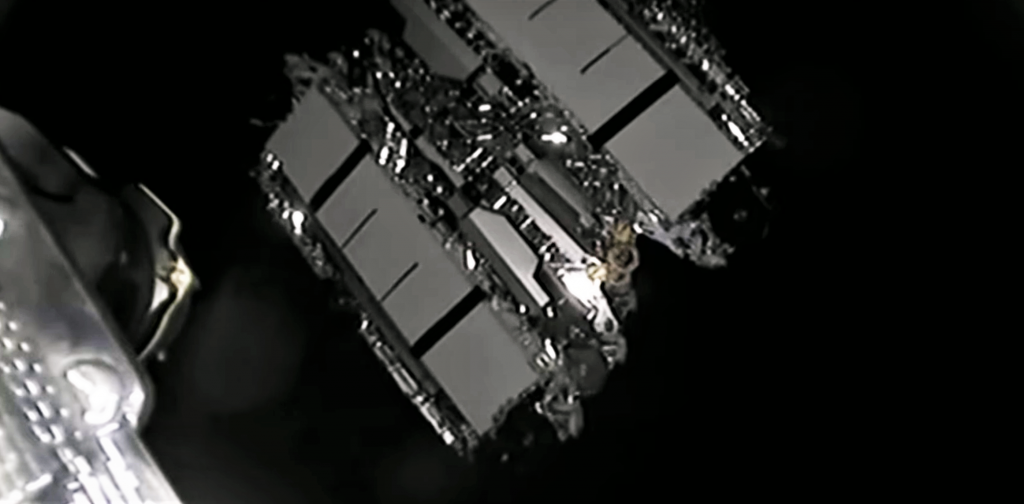
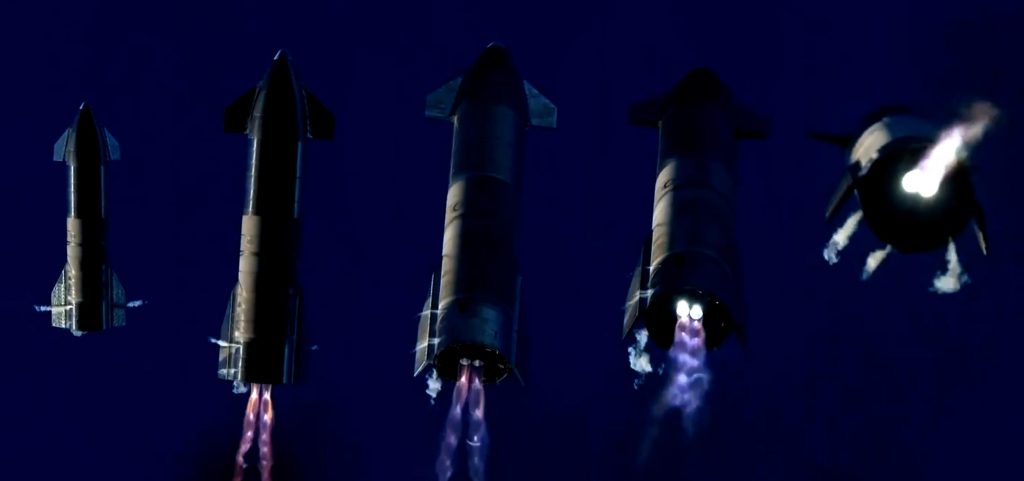
In the history of “unicorn” startups, generally referring to primarily venture capital-funded private technology companies worth more than $1 billion, doubling valuation with a single funding round is rare – particularly in the few private startups worth more than $10 billion. Typically, in large unicorns, nothing short of a highly successful stock market IPO is capable of doubling a company’s valuation.
In SpaceX’s own prolific fundraising history, the company has occasionally pulled off similar feats. In a 2015 funding round led by Google and Fidelity, SpaceX’s valuation exploded tenfold from ~$1 billion to more than $10 billion. Closed in 2017, the company’s next funding round again pulled off a valuation multiplication, leaping from $10.1 billion to $21.3 billion. However, of the seven additional rounds completed since then, ranging from $214 million to $1.9 billion, SpaceX’s valuation has never jumped by more than ~28%.
In the wild and wacky world of private startup valuation, SpaceX could technically sell a single share for ~$500 – twice the current price of ~$250 – and retroactively raise the price of all outstanding shares. Doubling an already massive valuation on a low-volume equity sale would not exactly inspire confidence, however, and SpaceX has no obvious reason not to shoot for the stars given the company’s massive $1.9 billion Series N windfall just four months ago.
As has been the case for several years, now, SpaceX is most likely pitching investors on the potentially extraordinary promise of its Starlink and Starship programs, both of which could easily grow the company’s annual revenue by one or several magnitudes. In just 13 months, SpaceX has launched some 875 operational Starlink satellites, built and tested a dozen full-scale Starship prototypes, hopped two of those rockets to 150m (~500 ft), and flown one to 12.5 km (~7.8 mi). The company is also on track to launch an unprecedented 26 times in 2020 alone, 14 of which were Starlink missions.
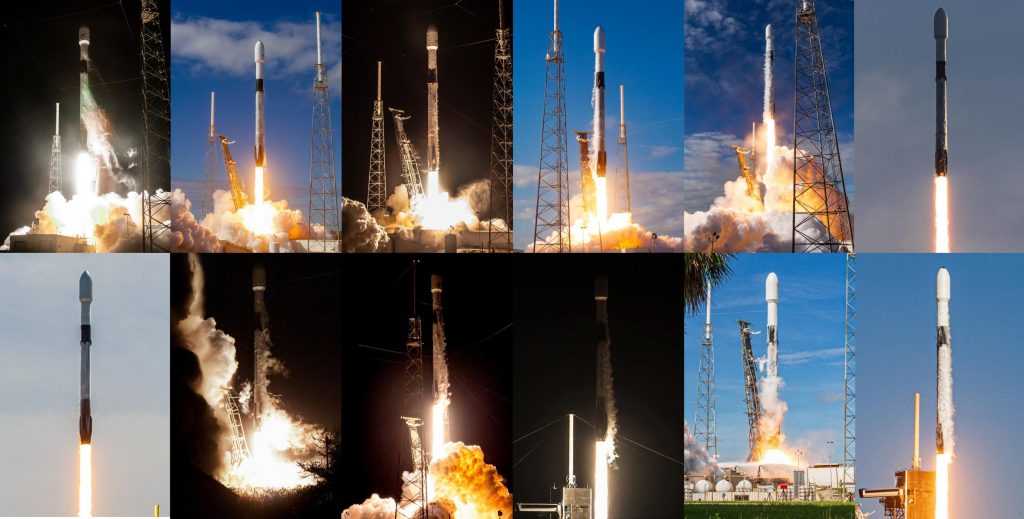
As such, while a twofold, $46-billion leap in valuation is extraordinarily outlandish, SpaceX is perhaps the one private company in the world that can actually point to a track record of success and potential sources of growth that might warrant it. Stay tuned for details as they begin to trickle out.

News
Tesla FSD fleet is nearing 7 billion total miles, including 2.5 billion city miles
As can be seen on Tesla’s official FSD webpage, vehicles equipped with the system have now navigated over 6.99 billion miles.

Tesla’s Full Self-Driving (Supervised) fleet is closing in on almost 7 billion total miles driven, as per data posted by the company on its official FSD webpage.
These figures hint at the massive scale of data fueling Tesla’s rapid FSD improvements, which have been quite notable as of late.
FSD mileage milestones
As can be seen on Tesla’s official FSD webpage, vehicles equipped with the system have now navigated over 6.99 billion miles. Tesla owner and avid FSD tester Whole Mars Catalog also shared a screenshot indicating that from the nearly 7 billion miles traveled by the FSD fleet, more than 2.5 billion miles were driven inside cities.
City miles are particularly valuable for complex urban scenarios like unprotected turns, pedestrian interactions, and traffic lights. This is also the difference-maker for FSD, as only complex solutions, such as Waymo’s self-driving taxis, operate similarly on inner-city streets. And even then, incidents such as the San Francisco blackouts have proven challenging for sensor-rich vehicles like Waymos.
Tesla’s data edge
Tesla has a number of advantages in the autonomous vehicle sector, one of which is the size of its fleet and the number of vehicles training FSD on real-world roads. Tesla’s nearly 7 billion FSD miles then allow the company to roll out updates that make its vehicles behave like they are being driven by experienced drivers, even if they are operating on their own.
So notable are Tesla’s improvements to FSD that NVIDIA Director of Robotics Jim Fan, after experiencing FSD v14, noted that the system is the first AI that passes what he described as a “Physical Turing Test.”
“Despite knowing exactly how robot learning works, I still find it magical watching the steering wheel turn by itself. First it feels surreal, next it becomes routine. Then, like the smartphone, taking it away actively hurts. This is how humanity gets rewired and glued to god-like technologies,” Fan wrote in a post on X.
News
Tesla starts showing how FSD will change lives in Europe
Local officials tested the system on narrow country roads and were impressed by FSD’s smooth, human-like driving, with some calling the service a game-changer for everyday life in areas that are far from urban centers.

Tesla has launched Europe’s first public shuttle service using Full Self-Driving (Supervised) in the rural Eifelkreis Bitburg-Prüm region of Germany, demonstrating how the technology can restore independence and mobility for people who struggle with limited transport options.
Local officials tested the system on narrow country roads and were impressed by FSD’s smooth, human-like driving, with some calling the service a game-changer for everyday life in areas that are far from urban centers.
Officials see real impact on rural residents
Arzfeld Mayor Johannes Kuhl and District Administrator Andreas Kruppert personally tested the Tesla shuttle service. This allowed them to see just how well FSD navigated winding lanes and rural roads confidently. Kruppert said, “Autonomous driving sounds like science fiction to many, but we simply see here that it works totally well in rural regions too.” Kuhl, for his part, also noted that FSD “feels like a very experienced driver.”
The pilot complements the area’s “Citizen Bus” program, which provides on-demand rides for elderly residents who can no longer drive themselves. Tesla Europe shared a video of a demonstration of the service, highlighting how FSD gives people their freedom back, even in places where public transport is not as prevalent.
What the Ministry for Economic Affairs and Transport says
Rhineland-Palatinate’s Minister Daniela Schmitt supported the project, praising the collaboration that made this “first of its kind in Europe” possible. As per the ministry, the rural rollout for the service shows FSD’s potential beyond major cities, and it delivers tangible benefits like grocery runs, doctor visits, and social connections for isolated residents.
“Reliable and flexible mobility is especially vital in rural areas. With the launch of a shuttle service using self-driving vehicles (FSD supervised) by Tesla in the Eifelkreis Bitburg-Prüm, an innovative pilot project is now getting underway that complements local community bus services. It is the first project of its kind in Europe.
“The result is a real gain for rural mobility: greater accessibility, more flexibility and tangible benefits for everyday life. A strong signal for innovation, cooperation and future-oriented mobility beyond urban centers,” the ministry wrote in a LinkedIn post.
News
Tesla China quietly posts Robotaxi-related job listing
Tesla China is currently seeking a Low Voltage Electrical Engineer to work on circuit board design for the company’s autonomous vehicles.

Tesla has posted a new job listing in Shanghai explicitly tied to its Robotaxi program, fueling speculation that the company is preparing to launch its dedicated autonomous ride-hailing service in China.
As noted in the listing, Tesla China is currently seeking a Low Voltage Electrical Engineer to work on circuit board design for the company’s autonomous vehicles.
Robotaxi-specific role
The listing, which was shared on social media platform X by industry watcher @tslaming, suggested that Tesla China is looking to fill the role urgently. The job listing itself specifically mentions that the person hired for the role will be working on the Low Voltage Hardware team, which would design the circuit boards that would serve as the nervous system of the Robotaxi.
Key tasks for the role, as indicated in the job listing, include collaboration with PCB layout, firmware, mechanical, program management, and validation teams, among other responsibilities. The role is based in Shanghai.
China Robotaxi launch
China represents a massive potential market for robotaxis, with its dense urban centers and supportive policies in select cities. Tesla has limited permission to roll out FSD in the country, though despite this, its vehicles have been hailed as among the best in the market when it comes to autonomous features. So far, at least, it appears that China supports Tesla’s FSD and Robotaxi rollout.
This was hinted at in November, when Tesla brought the Cybercab to the 8th China International Import Expo (CIIE) in Shanghai, marking the first time that the autonomous two-seater was brought to the Asia-Pacific region. The vehicle, despite not having a release date in China, received a significant amount of interest among the event’s attendees.








